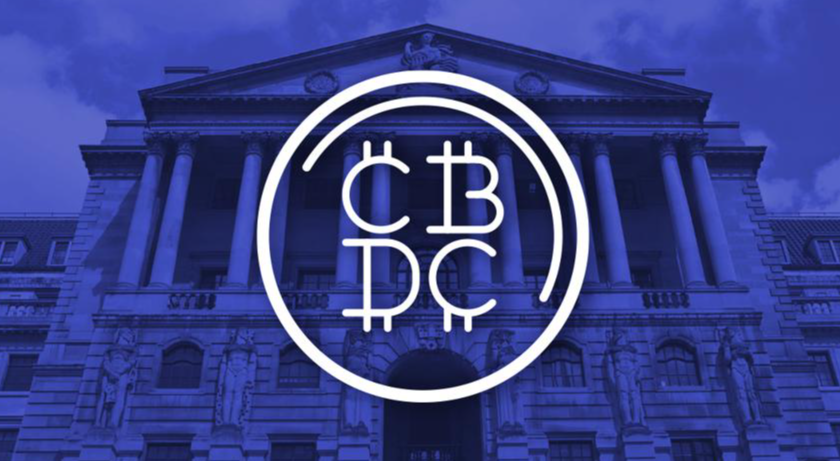Central Bank Digital Currency (CBDC). CBDCs are a new type of central bank money. They are a digital form of money that is issued by the central bank, rather than a commercial bank. CBDCs are decentralized, which means they have lower transaction fees. They also have the potential to boost confidence in private money systems.
CBDCs are a new form of central bank money
CBDCs are a new form of currency issued by central banks. The use of CBDCs could be beneficial for the payment system, since they offer a tangible link between consumers and the central bank. They could also serve as a salient marker of trust in sound money. This would make them a viable addition to a central bank’s social contract with the public, and they could remain useful even as the use of cash declines.
CBDCs do not require bank accounts, making them an ideal solution for developing countries. About a third of the world’s population does not have access to traditional finance but does have access to the mobile internet. In India, for example, a consumer without a bank account can transact through a mobile application, using their Aadhar number. This could allow countries like the U.S. to better integrate their citizens who are not part of the financial system.
The design of CBDCs will vary, but there are certain commonalities. These principles include strong standards for operational resilience, protecting users’ privacy, and avoiding financial crime. Additionally, CBDCs must satisfy a host of other criteria, including promoting financial inclusion and improving financial stability.
Several countries have begun exploring the concept of CBDCs. China, Sweden, Canada, and the United Kingdom have all started pilot projects. The Bahamas, for example, is introducing a local CBDC called the Sand Dollar. The Sand Dollar is expected to be fully deployed by October 2020. The project aims to improve financial inclusion and the ease of transaction.
The central bank’s design of CBDCs must consider the security and privacy of personal information. The CBDC must be account-based and be tied to a digital identity. Moreover, it must have safeguards for data privacy and security. The digital identity scheme can combine information from various sources, and eliminate the need for paper-based documentation.
The digital form of central bank money will affect commercial banks and the entire financial ecosystem. Businesses are adapting to digital forms of monetary interactions more quickly than they ever imagined. For instance, CBDCs will affect the way they do business.
They are decentralized
While Central Bank Digital Currency (CBDC) has many advantages, it also has potential risks. First of all, it could disintermediate the banking system, causing depositors to leave. Historically, commercial banks have created money through deposits and other methods, such as zero-reserve banking and fractional reserve banking.
While CBDC is a decentralized cryptocurrency, it is still a central bank, which is a major concern. It is possible to receive CBDC directly from the central bank. The only problem is that you must have a verified bank account and username. Moreover, you cannot receive CBDC from a foreign nation unless you are a citizen of that country. However, this may change as CBDCs are adopted by more countries.
CBDC is a new form of money. It only exists in digital form, and is issued by the central bank. The purpose of CBDC is to make digital transactions simpler and easier. For this purpose, CBDCs are being widely adopted. This means they are easier to access for everyone and can simplify digital transactions.
While CBDCs are a decentralized alternative to conventional coins and notes, many central banks view them as a more versatile, flexible form of money. In fact, some governments view them as programmable money. They could be restricted to basic needs, specific locations, or a defined time period.
While Central Bank Digital Currency have numerous potential benefits, they come with some challenges. First, there is the risk of cybersecurity and privacy issues. As with any new system, it should be designed responsibly. In addition, a properly designed CBDC can help minimize these risks. This will reduce the risk of cyber-attacks and ensure that citizens are protected.
They reduce transaction fees
A Central Bank Digital Currency, or CBDC, is a digital currency that will be directly backed by the Federal Reserve. It will provide a way for households and businesses to access money digitally without incurring credit or liquidity risk. This will facilitate safer payments and help boost financial inclusion. However, it could also have downsides for the financial system and the wider economy. For now, this technology is in its nascent stages, and there are several questions surrounding its viability on a larger scale.
One challenge of current payment systems is the cost and time lags associated with cross-jurisdiction payments. CBDC can alleviate these problems by relying on distributed ledger technology. CBDCs are anonymous and traceable, and they can also be used for interest rates. They also reduce cash printing costs and promote financial inclusion.
As a digital currency, the Central Bank Digital Currency has many advantages for businesses. For example, it increases the efficiency and safety of wholesale payment systems, and can reduce transaction costs for retail users. In addition, it can help increase the efficiency of payments between parties and at the point of sale. These benefits make it an attractive option for businesses that want to diversify their business model.
They boost confidence in private controlled money systems
A Central Bank Digital Currency (CBDC) could improve payment systems, protect against financial fraud, and accelerate the transition to a cashless society. However, it could also lead to problems for consumer privacy and cyber security. Cash is declining in use worldwide; it will account for only 17 percent of all payments by 2020, down from 56 percent in 2010.
The rise of digital currencies has prompted central banks to investigate central bank digital currency projects. The projects may address a number of issues, including the declining use of physical cash, financial inclusion, the resilience of payments systems, and transmission of monetary policy. Central banks may explore the use of CBDC to increase their control over private controlled money systems.
CBDCs are an important innovation, with eighty six percent of world central banks currently investigating them. China, for example, has already piloted CBDC trials in several cities. The European Central Bank is expected to decide this summer whether to launch a digital euro. The Federal Reserve Bank of Boston is also set to release initial research into the technology in the fall. While private payment networks have expanded rapidly, central banks are concerned about the risk of allowing money to circulate only within private networks.




